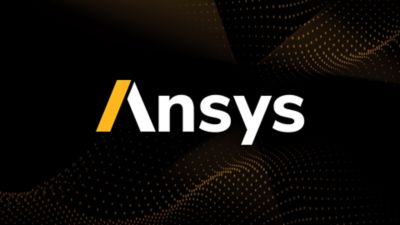Quick Specs
PolyUMod's models are valuable for accurately predicting the behavior of polymers under various conditions, such as different temperatures, strain rates, and stress states. This capability is essential for designing and optimizing products that require precise material performance predictions.

